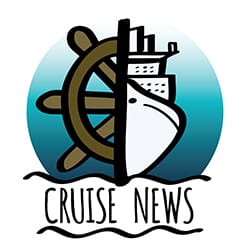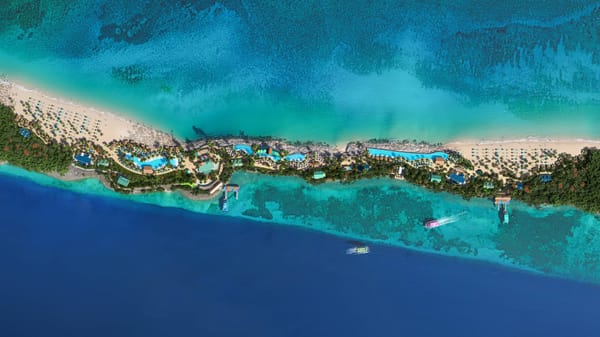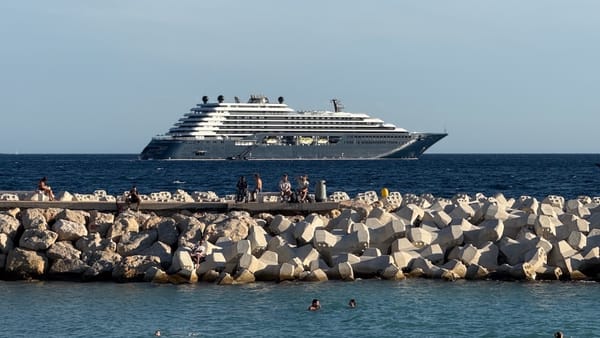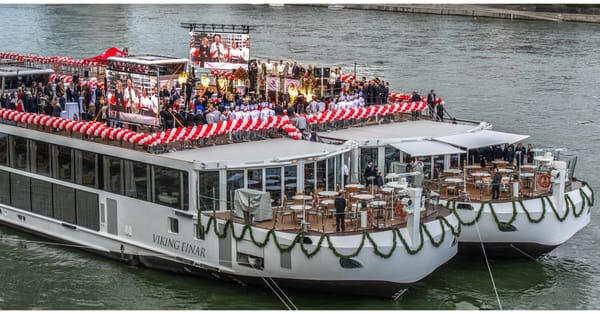Hawaii Expands Transient Tax for Cruises
Hawaii’s new tax on cruise passengers aims to put them on equal footing with hotel guests, directing additional tourism revenue toward environmental and infrastructure initiatives statewide.

Travelers planning a cruise to Hawaii starting in 2026 should expect new costs linked to the state’s Transient Accommodations Tax, which will for the first time apply to cruise passengers. Effective January 1, 2026, the tax may be implemented either as a per-person fee or as an 11 percent charge on ship cabin prices. State legislators describe the measure as an effort to align the contributions of cruise passengers with those of hotel guests.
What the Tax Will Fund
The revenue from this expanded tax is designated for climate change mitigation projects, including protecting forests and coastlines, improving infrastructure resilience, and enhancing parks and beaches. Lawmakers noted that cruise travelers had previously been exempt from these fees, creating a funding gap that the new levy aims to close.
Industry Reaction and Pricing Concerns
Although no official statements have been released by individual cruise lines, industry observers note that the tax could raise overall ticket prices for Hawaiian itineraries. Cruise lines such as Disney Cruise Line, known for docking at multiple Hawaiian ports, may incorporate additional fees into fares or adjust the frequency of stops if costs become prohibitive. Analysts suggest that increased operating expenses might lead to route adjustments, though major changes have not yet been announced.
The Cruise Lines International Association, representing major operators, has not formally commented on how its members might handle the new levy. Financial experts caution that any price increases could potentially shift visitor traffic toward other destinations, affecting local businesses reliant on cruise tourism.
Balancing Economic Growth and Sustainability
Hawaii’s decision to include cruise travelers in its Transient Accommodations Tax is part of a broader effort to promote sustainable tourism amidst concerns over overtourism and environmental degradation. Elected officials and community groups emphasize that the funds will support critical projects in climate change mitigation, infrastructure resilience, and environmental conservation, ensuring the islands’ natural beauty is maintained for future generations. Critics warn that if cruise lines reduce visits due to increased costs, local industries such as transportation providers and tour operators may face economic challenges.
State legislators argue that Hawaii’s strategy mirrors a global trend of reassessing tourism volume and its ecological impact. Observers suggest that the measure’s success will depend on how industry players and travelers adjust to the new fee structure.
As 2026 approaches, both vacationers and cruise operators are reviewing pricing models and itinerary planning. The measure’s final implementation details, including the exact tax rate or per-person amount, are still pending, leaving open questions about the overall impact on trip costs.
Frequently Asked Questions (FAQs)
When will the new cruise passenger tax take effect?
The tax is scheduled to begin on January 1, 2026.
How much will the tax add to cruise costs?
The proposal calls for either a per-person fee or an 11 percent charge on cabin prices, though the exact figures have yet to be finalized.
Why is Hawaii introducing this tax for cruise passengers?
Lawmakers aim to close a revenue gap by ensuring cruise passengers contribute to tourism upkeep on the same basis as hotel guests, thereby supporting essential environmental and infrastructure projects.
Will cruise lines reduce Hawaiian itineraries in response?
No official announcements have been made, but industry analysts note that higher costs could prompt some operators to alter or reduce the frequency of stops in Hawaiian ports.
How will the tax revenue be used?
Funds will be directed toward climate change mitigation projects, including protecting forests and coastlines, improving infrastructure resilience, and enhancing parks and beaches.




